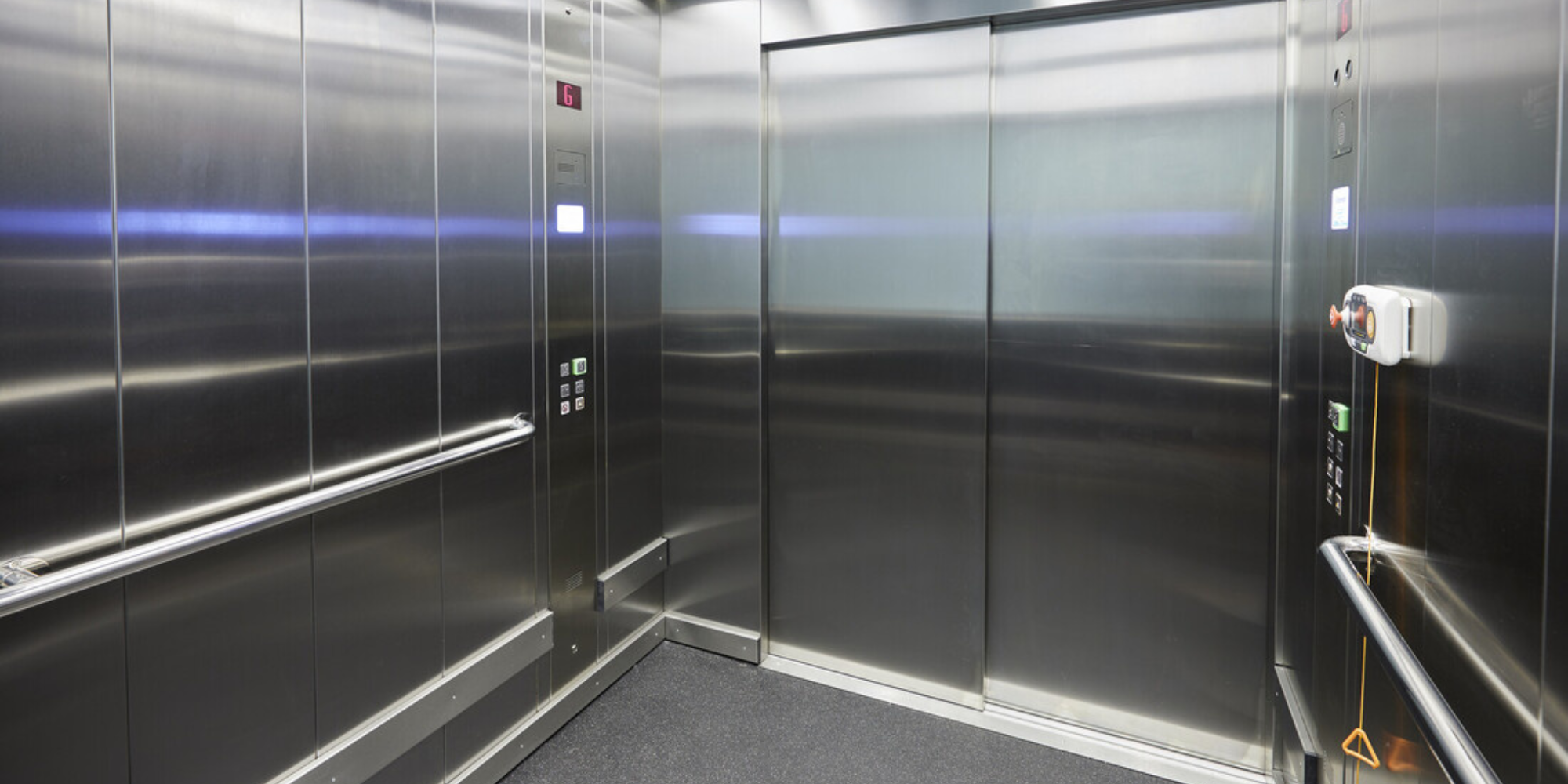We Maintain Lifts with Precision: Ensuring Safety And Security and Effectiveness
We Maintain Lifts with Precision: Ensuring Safety And Security and Effectiveness
Blog Article
Looking Into the Globe of Lifts: Typical Problems Dealt With by Different Lift Devices
As we navigate via the vertical transport systems of modern-day buildings, elevators stand out as an important component of our everyday lives. From hydraulic elevators to traction systems and machine-room-less designs, each lift type comes with its set of typical issues.
Hydraulic Lifts
Hydraulic elevators, frequently favored for low-rise buildings, utilize fluid pressure to regulate the movement of the lift auto (lift repair companies). This system entails a hydraulic pump pressing oil into a cylinder, triggering the elevator to relocate in the preferred instructions. While hydraulic elevators are known for their quiet and smooth procedure, they do come with their very own set of typical issues
One common issue with hydraulic elevators is oil leakage. In addition, problems with the control system, such as defective valves or a malfunctioning pump, can create interruptions in the elevator's activity.
Routine maintenance and timely repair services are vital to ensure the smooth performance of hydraulic lifts. By dealing with these typical problems proactively, building proprietors can minimize downtime and guarantee the safety and performance of their upright transport system.
Grip Lifts
When considering vertical transportation systems in buildings, another typical kind besides hydraulic elevators is the traction lift. Traction elevators operate using a system of ropes and weights that move the elevator car by clutching onto the hoist ropes. This mechanism permits smoother and faster vertical transport contrasted to hydraulic systems.
Among the typical issues dealt with by traction elevators is rope wear. The continuous motion of the ropes within the grip system can bring about put on and tear with time, potentially causing the elevator to malfunction or end up being unsafe for usage. Routine evaluations and maintenance of the ropes are necessary to make sure the elevator's correct functioning and safety.
An additional issue that traction elevators might encounter is connected to the control system. Problems with the control system can cause concerns such as erratic motion, hold-ups in reaction times, and even total closures. Regular screening and upkeep of the control system are crucial to avoid such concerns and guarantee the lift's dependability.
Machine-Room-Less (MRL) Elevators

Among the essential parts of MRL elevators is the portable gearless grip device that is installed within the hoistway. This machine successfully drives the lift lift repair near me cars and truck without the requirement for large devices located in typical traction elevators. Furthermore, MRL lifts normally utilize a weight system to stabilize the vehicle, additional boosting their energy efficiency.
In spite of their advantages, MRL lifts may face obstacles associated with upkeep and repair work as a result of the constrained area for devices setup. Ease of access for servicing parts within the shaft can be restricted, needing specialized training for professionals. Proper upkeep schedules and normal examinations are important to ensure the ongoing smooth operation of MRL lifts.
Overloading and Weight Limit Issues
Straining and weight limit issues are critical problems in lift repair near me lift procedures. Lift manufacturers style lifts with particular weight abilities to guarantee passenger security and tools durability.
When lifts are strained, it puts too much pressure on the electric motor, cords, and other elements, potentially creating breakdowns or malfunctions. If they discover excess weight, security devices such as sensors and overload sensing units are in place to stop elevators from moving. Additionally, exceeding weight restrictions can bring about enhanced power consumption and damage on the lift system.
To reduce straining problems, developing managers need to prominently display weight restrictions in lifts and enlighten owners on the importance of sticking to these limitations - lift repair companies. Normal upkeep checks by qualified service technicians can likewise assist make sure that lifts are operating within safe weight criteria. By attending to overloading and weight restriction problems proactively, building owners can improve lift security and effectiveness
Electric System Failings
Exceeding weight limits in elevators can not only lead to mechanical issues but also possibly add lift companies in London to electrical system failures within the lift infrastructure. Electric system failings are an essential worry in lift procedure, as they can trigger unforeseen closures, breakdowns, or even safety dangers.
Regular upkeep and assessments are critical to recognize and resolve potential electric concerns immediately, making sure the safe and reliable operation of elevator systems. By sticking to weight limitations and conducting routine electric system checks, structure proprietors can reduce the threat of electrical failings in elevators.
Verdict

Hydraulic lifts, commonly favored for low-rise buildings, utilize fluid stress to control the motion of the lift cars and truck.When considering upright transport systems in structures, one more typical kind apart from hydraulic lifts is the grip lift. Grip elevators operate making use of a system of ropes and counterweights that move the elevator vehicle by clutching onto the hoist ropes. Unlike conventional lifts that require a separate maker area to house the tools, MRL lifts incorporate many of the elements within the shaft, getting rid of the need for a committed machine room.In final thought, lifts deal with usual problems such as hydraulic malfunctions, grip system failures, and electric system troubles.
Report this page